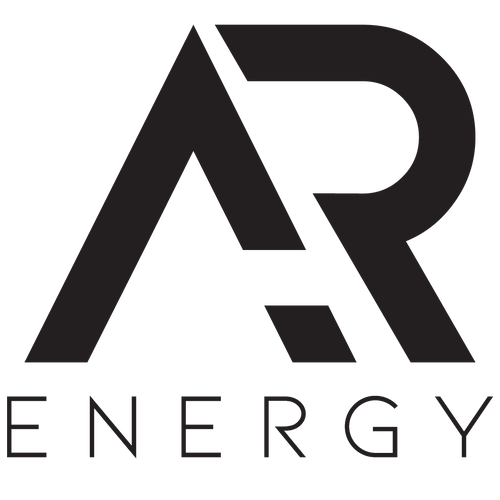One of the most common questions we receive is, "What size solar system do I need?". It's a question that doesn't come with a straightforward answer. While most residential systems typically fall within a range of 8 to 15 kW, occasionally extending up to 30 kW for larger homes, the reality is that the ideal size depends on a multitude of factors specific to each individual's needs.
Designing a solar system is a unique skill that sets licensed solar electricians apart from regular electricians. Solar electricians undergo specific training in photovoltaic (PV) technology, system design, and installation practices. Beware of companies who prescribe solutions without assessing your needs.
In our design process, we consider the following to personalise your system:
Property factors
- Roof space availability.
- Inverter/battery locations.
- Cable size.
- Switchboard layouts and locations.
- DNSP (distributed network service provider) site-specific requirements.
Personal factors
- Load profile.
- Usage patterns (day vs night).
- Appliance usage (electric, gas, pool heat pump, EV charger etc).
The risks of poor solar design can lead to many adverse outcomes, a prominent one being inadequate power generation. When a system hasn’t been designed properly to meet a home or business’ needs, it may fail to generate enough energy required to power appliances and systems, leaving customers paying for electricity they anticipated generating independently.
When designing a system, solar electricians must consider all weather conditions, to allow for lower generation periods. A good solar design will cater for consumption all year round.

